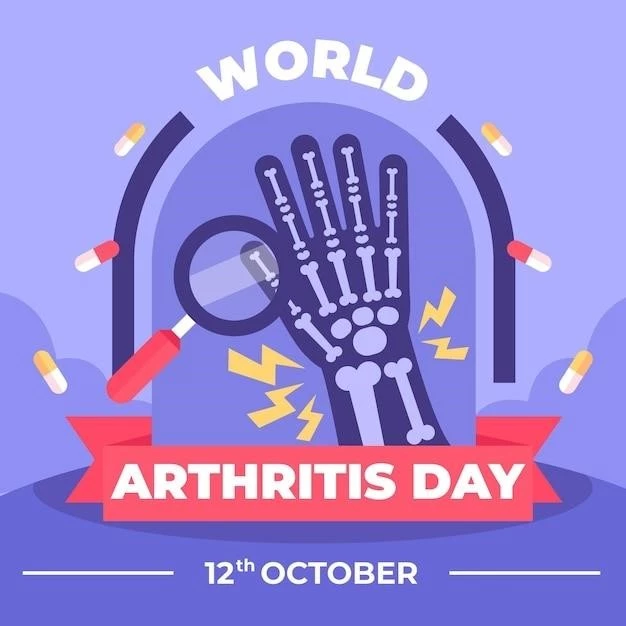Arthrogryposis can be caused by genetic factors,
Genetic Factors
Genetic mutations affecting muscle development or nerve function are common in arthrogryposis. Specific genes like TNNI2 or TPM2 can play a role, leading to joint contractures in affected individuals.
Fetal Constraints
Fetal constraint during pregnancy can limit fetal movement and musculoskeletal development, contributing to arthrogryposis. Factors like oligohydramnios or uterine abnormalities can restrict the normal range of motion, leading to joint contractures.
Neurological Conditions
Neurological conditions such as brain malformations or spinal cord abnormalities can lead to arthrogryposis by affecting motor control and muscle function. Conditions like spinal muscular atrophy or cerebral palsy can contribute to joint contractures.
Treatment Options for Arthrogryposis
Treatment options may include physical therapy and surgeries.
Physical Therapy
Physical therapy plays a crucial role in improving mobility and strength in individuals with arthrogryposis. It focuses on stretching, strengthening exercises, and functional training to enhance range of motion and functional abilities in daily life, promoting independence.
Occupational Therapy
Occupational therapy focuses on enhancing daily living skills and independence in individuals with arthrogryposis. It aims to improve fine motor skills, self-care abilities, adaptive techniques, and the use of assistive devices, ensuring optimal function and participation in activities at home, school, and within the community.
Surgical Interventions
Surgical interventions are used to correct joint contractures and improve function in arthrogryposis patients. Procedures like tendon releases, joint surgeries, or osteotomies may be performed to address musculoskeletal abnormalities, enhance mobility, and optimize quality of life.

Understanding Intrauterine Growth Restriction (IUGR)
IUGR involves inadequate growth in the womb, impacting development.
Causes and Risk Factors
Intrauterine growth restriction can be caused by placental insufficiency, maternal hypertension, or genetic factors. Risk factors include maternal smoking, malnutrition, infections, or multiple gestations, impacting the transfer of nutrients to the fetus and leading to growth restrictions.
Effects on Fetal Development
Intrauterine growth restriction can lead to poor fetal growth, organ immaturity, and increased risk of complications like hypoglycemia, respiratory distress, and neurodevelopmental delays. The inadequate nutrient supply affects the overall development and increases the susceptibility to long-term health issues.
Monitoring and Management Strategies
Monitoring IUGR involves regular ultrasounds and fetal assessments to track growth and well-being. Management includes maternal monitoring, possible early delivery, close neonatal care, and nutritional support to optimize outcomes and reduce risks of complications associated with intrauterine growth restriction.
Diagnosis of Thoracic Dystrophy
Thoracic dystrophy is diagnosed through clinical evaluation.
Clinical Presentation and Symptoms
Thoracic dystrophy presents with chest deformities, respiratory distress, and skeletal abnormalities like shortened ribs. Symptoms include difficulty breathing, chest wall abnormalities, and potential cardiorespiratory complications due to the restricted thoracic cavity space.
Diagnostic Imaging Techniques
Diagnostic imaging methods like X-rays, CT scans, or MRI are used to visualize thoracic abnormalities in dystrophy. These techniques help assess rib structure, chest wall integrity, lung development, and any associated anomalies, providing valuable information for diagnosis and treatment planning.
Genetic Testing
Genetic testing can identify mutations or chromosomal abnormalities associated with thoracic dystrophy. Testing assesses specific genes related to chest development, aiding in understanding the genetic basis, risk assessment, and genetic counseling for families affected by this condition.
Management of Arthrogryposis, IUGR, and Thoracic Dystrophy
Integrated care plans aim to address these conditions comprehensively.
Multidisciplinary Approach
A multidisciplinary team involving specialists like orthopedists, genetic counselors, therapists, and neonatologists collaborates to provide comprehensive care. This approach ensures tailored treatment plans, early interventions, and ongoing support for individuals with arthrogryposis, IUGR, and thoracic dystrophy, addressing their diverse needs and optimizing outcomes.
Therapies and Interventions
Therapeutic interventions such as physical therapy, occupational therapy, and assistive devices play a vital role in managing arthrogryposis and thoracic dystrophy. These therapies focus on improving mobility, strength, independence, and quality of life for individuals affected by these conditions, addressing their specific needs and enhancing overall well-being.
Long-Term Care and Follow-Up
Long-term care for arthrogryposis, IUGR, and thoracic dystrophy involves regular monitoring, adaptive strategies, and periodic evaluations to address evolving needs. Follow-up visits with healthcare providers support ongoing management, intervention adjustments, and guidance for individuals and families navigating the challenges associated with these conditions throughout their lives.
Risks Associated with Arthrogryposis, IUGR, and Thoracic Dystrophy
These conditions carry risks like respiratory complications and delays.
Respiratory Complications
Arthrogryposis, IUGR, and thoracic dystrophy can lead to respiratory issues due to chest deformities, muscle weakness, or underdeveloped lungs. Complications like breathing difficulties, pulmonary infections, and respiratory distress may require respiratory support, monitoring, and interventions to manage and prevent respiratory complications effectively.
Orthopedic Challenges
Individuals with arthrogryposis face orthopedic challenges like joint contractures, muscle weakness, and limb deformities. Management involves orthopedic interventions such as surgeries, bracing, and therapies to improve mobility, correct deformities, and enhance overall musculoskeletal function, addressing the orthopedic complexities associated with the condition.
Developmental Delays
Children with arthrogryposis, IUGR, and thoracic dystrophy may experience developmental delays due to physical constraints or health complications. Early intervention programs, developmental therapies, and educational support help address delays, promote progress, and enhance the overall development and well-being of affected individuals, ensuring optimal growth and learning outcomes.
